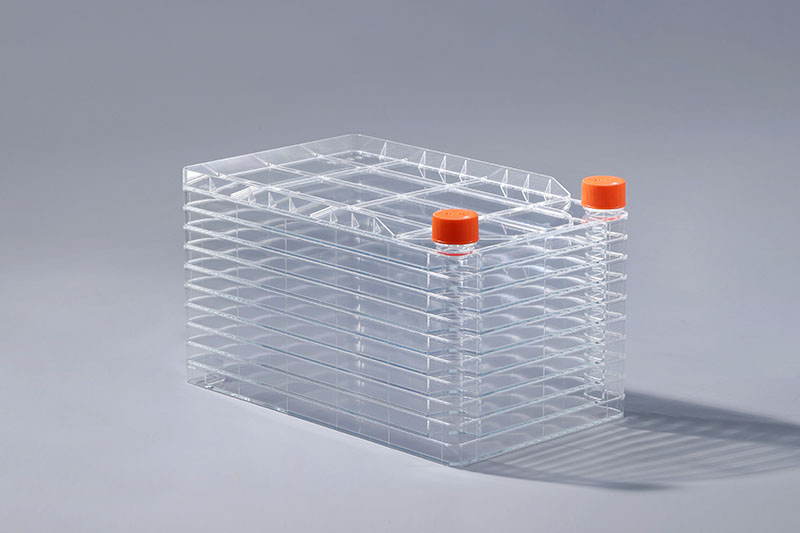は、細胞培養消耗品の多層構造であり、培養面積が大きく、植物の占有面積が小さく、汚染度が低いという利点があります。製品の品質を確保するためには、さまざまな検査が必要であり、初期汚染菌検査もその1つです。一般的に、初期汚染菌検査は、バイオバーデンの推定値です。滅菌する製品。これは微生物限界試験であり、特定されていない滅菌製品と原材料、補助材料、および滅菌前の完成品の、汚染量と対照細菌を含む微生物汚染の程度を指します。つまり、通常のコロニー数、大腸菌群および病原菌の検査です。この試験の目的は、滅菌効果を確実にするために、滅菌線量などの細胞工場の次の滅菌のための参照指標を提供することです。滅菌プロセスの有効性を監視するためのテストと言えます。セルファクトリー
バイオバーデン分析では、テスト用に3つの別々の製品バッチから少なくとも10個のサンプルが抽出されました。バイオバーデン分析は、検証済みの利用可能な方法に従って実行する必要があります。各バッチの平均バイオバーデンを計算し、30サンプルの平均バイオバーデンを3つのバッチの合計平均バイオバーデンとして使用しました。 3つのバッチのうちの1つの平均バイオバーデンが合計平均バイオバーデンの2倍以上である場合、バッチ平均が線量検証に使用されます。それ以外の場合、3つのバッチの全体平均が線量検証に使用されます。
To要約すると、細胞工場での最初の汚染細菌検出の目的は、滅菌量を確認し、滅菌プロセスの有効性を監視して、製品の滅菌を確保することです。
To sum up, the purpose of the initial contaminating bacteria detection in the cell factory is to confirm the sterilization dose, monitor the effectiveness of the sterilization process, and thus ensure the sterility of the product.
The FAI climbed 5.9 percent year-on-year in the first 11 months of 2018, quickening from the 5.7-percent growth in Jan-Oct, the National Bureau of Statistics (NBS) said Friday in an online statement.
The key indicator of investment, dubbed a major growth driver, hit the bottom in August and has since started to rebound steadily.
In the face of emerging economic challenges home and abroad, China has stepped up efforts to stabilize investment, in particular rolling out measures to motivate private investors and channel funds into infrastructure.
Friday's data showed private investment, accounting for more than 60 percent of the total FAI, expanded by a brisk 8.7 percent.
NBS spokesperson Mao Shengyong said funds into weak economic links registered rapid increases as investment in environmental protection and agriculture jumped 42 percent and 12.5 percent respectively, much faster than the average.
In breakdown, investment in high-tech and equipment manufacturing remained vigorous with 16.1-percent and 11.6-percent increases respectively in the first 11 months. Infrastructure investment gained 3.7 percent, staying flat. Investment in property development rose 9.7 percent, also unchanged.
 English
English



















































